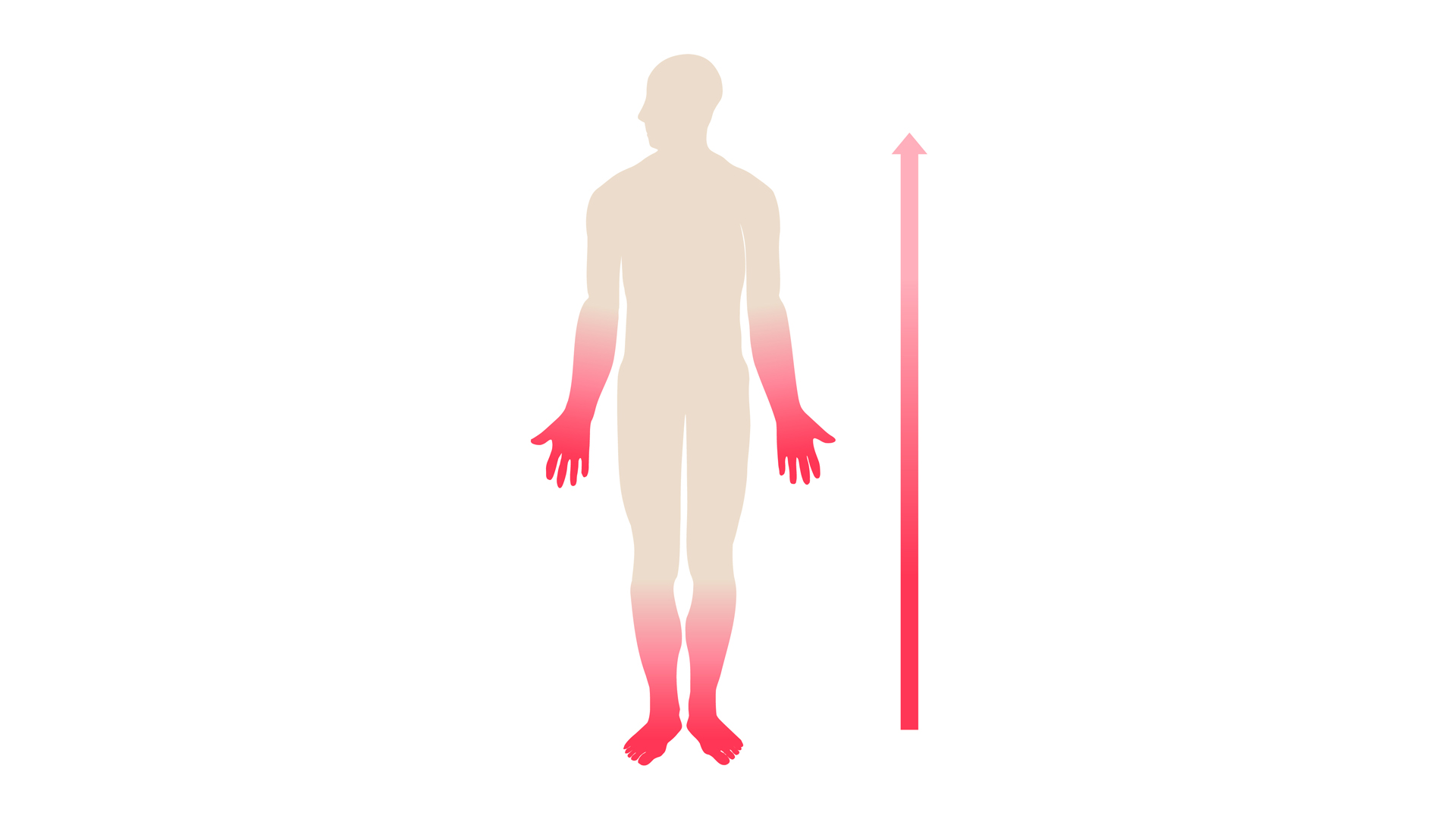
Contributors:
Landrum O, Marcondes L, Egharevba T et al.
DOI:
10.2217/pmt-2023-0028
This article reviews existing literature and provides practical application instructions for the integration of capsaicin 8% topical system into clinic or office procedures for the treatment of painful diabetic peripheral neuropathy of the feet1
Diabetic peripheral neuropathy is a common complication associated with diabetes, resulting from dysfunction of peripheral nerve fibers.1,2 Patients with diabetic peripheral neuropathy often experience neuropathic pain (painful diabetic peripheral neuropathy), which typically starts in the feet and gradually moves proximally.1

This article provides an overview of the role of capsaicin 8% topical system in the treatment landscape for painful diabetic peripheral neuropathy of the feet, along with practical information for healthcare professionals on its use in office settings.1
